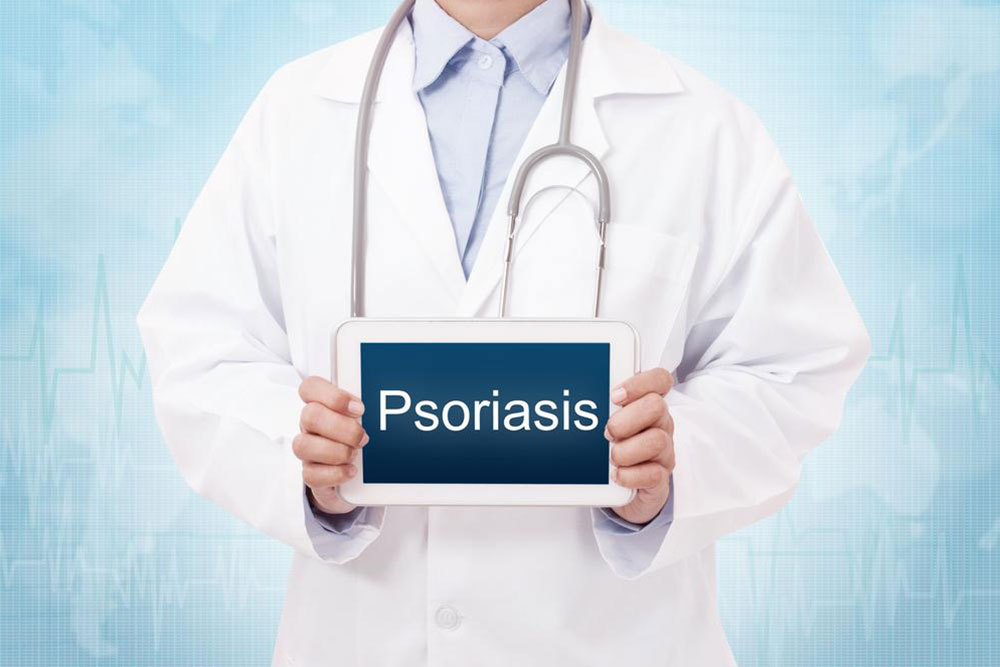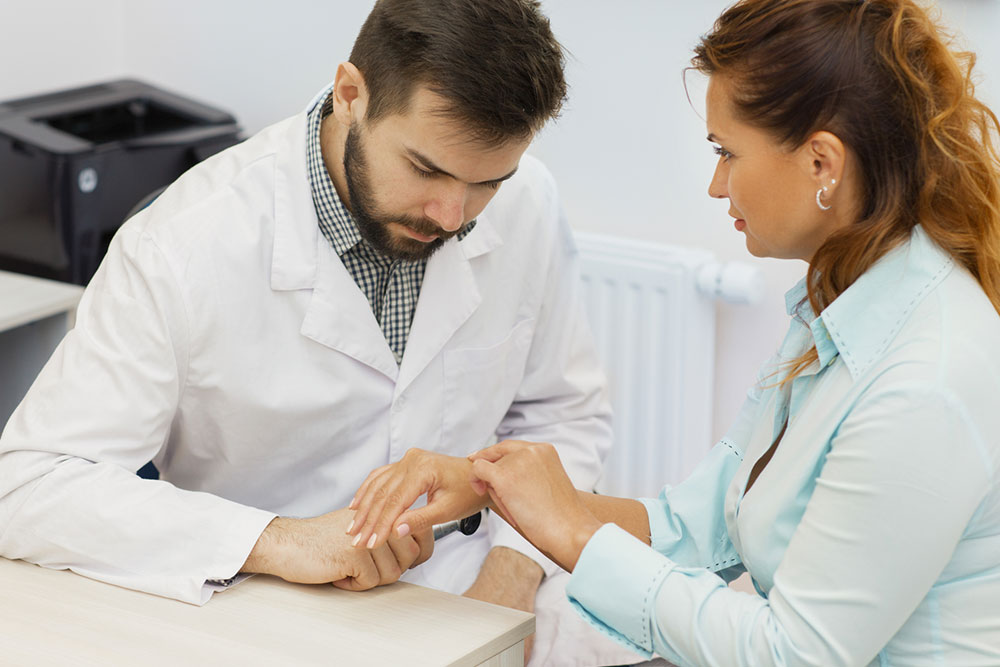Ultimate Guide to Understanding and Managing Psoriasis
This comprehensive guide to psoriasis covers its types, symptoms, causes, affected areas, and treatment options. It emphasizes personalized care and underscores the importance of medical consultation. Learn about managing this chronic condition effectively to improve quality of life. A valuable resource for those seeking detailed information on psoriasis and effective treatment strategies.

Comprehensive Overview of Psoriasis
Psoriasis is a long-term autoimmune disorder characterized by raised, red, and scaly patches on the skin. It presents in five main forms: plaque, guttate, inverse, pustular, and erythrodermic psoriasis. Severity varies from small spots to widespread areas. Common symptoms include itching, burning, and stinging. Psoriasis can affect areas such as eyelids, ears, mouth, skin folds, hands, feet, and nails, each requiring specific treatment approaches.
Scalp: Ranges from mild with fine scales to severe with thick crusted plaques extending beyond hair.
Facial Area: Usually impacts eyebrows, between nose and upper lip, forehead, and hairline.
Hands, Feet, and Nails: Care is crucial for skin health; nail changes occur in about half of patients, especially those with psoriatic arthritis.
Genital Areas: Inverse psoriasis is common, particularly in men, warranting special treatment.
Causes: The exact cause is unknown, but immune dysfunction and genetics are key factors. Stress and triggers can cause flare-ups. Skin cell turnover speeds up excessively, forming lesions. It affects both genders equally, usually between ages 15-35, but can happen at any age. Psoriasis is not contagious.
Symptoms: Notable signs include red patches with silvery scales, small spots in children, rough, cracked skin, itching, thickened or ridged nails, and joint stiffness. Diagnosis is clinical; no specific blood tests exist. Seek medical advice if symptoms interfere with daily life or involve joints.
Management Treatments: While there’s no cure, symptom relief is achievable. Treatments include topical ointments, systemic medications, and light therapy. Mild to moderate cases respond well to creams, whereas severe cases may require oral drugs and UV therapy. Complementary approaches like diet modifications and herbal remedies can also be beneficial.
Disclaimer:
This blog provides health information based on research and should not replace professional medical advice. Always consult healthcare providers for diagnosis and treatment options. We do not guarantee the accuracy of all content, which may vary from other sources.


